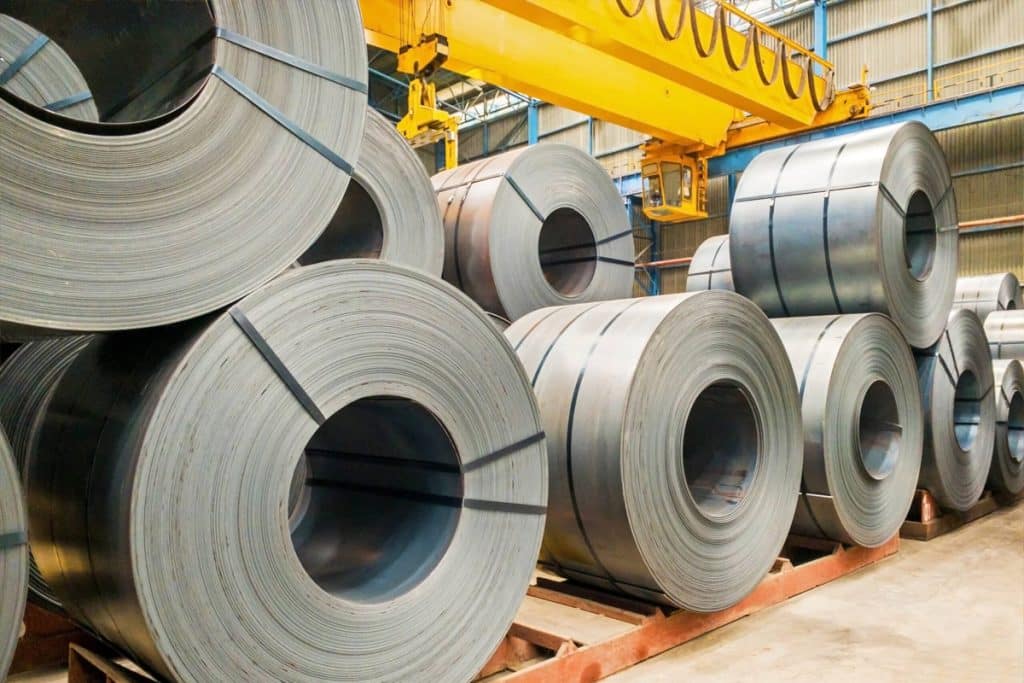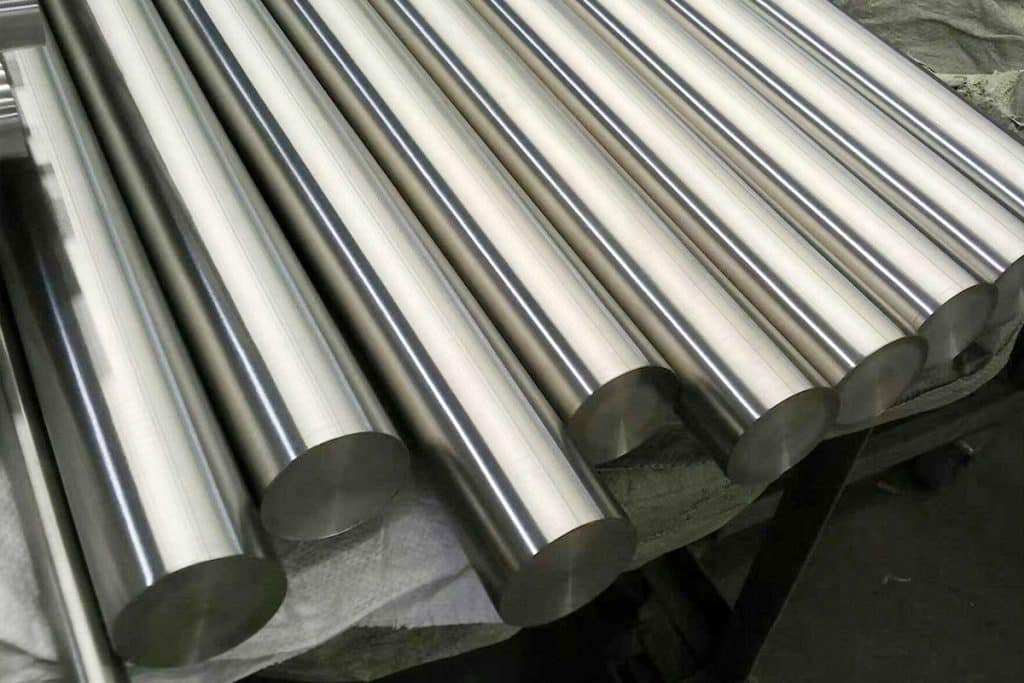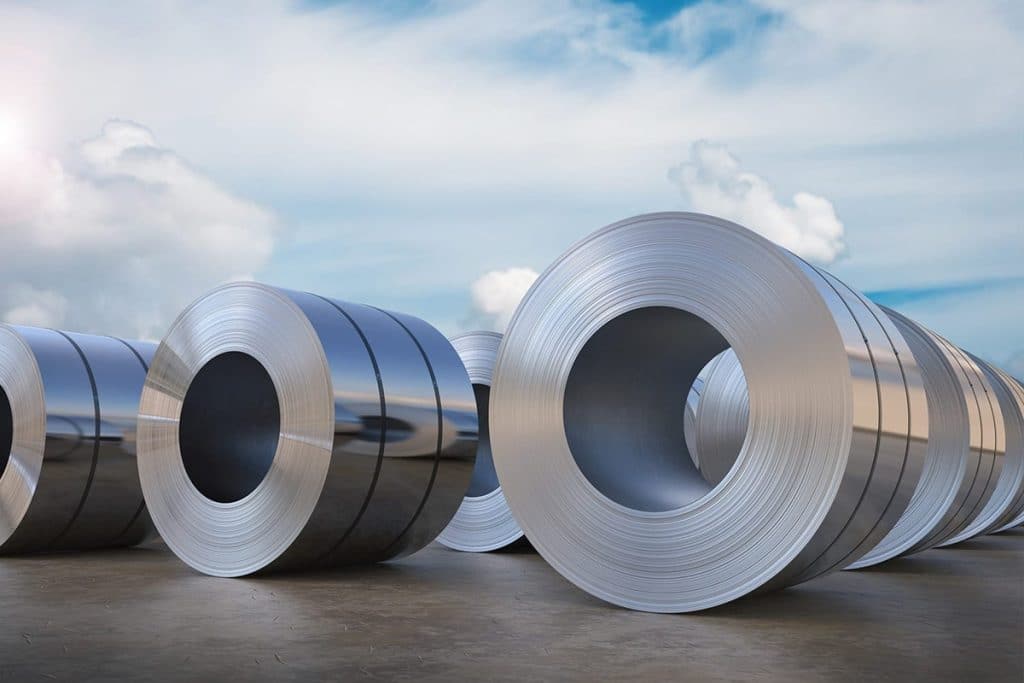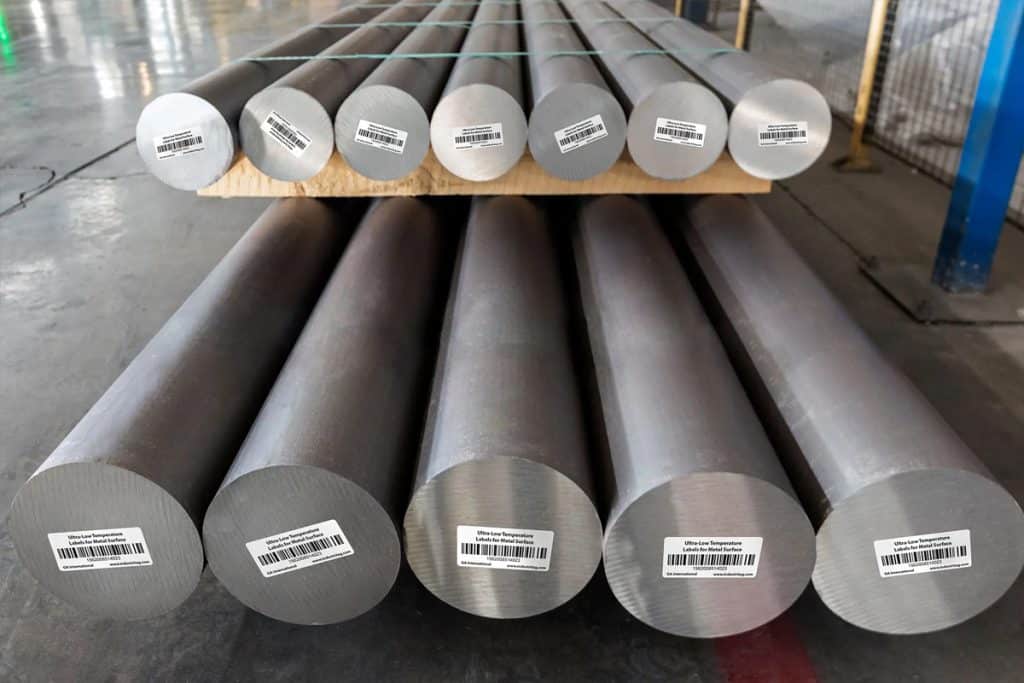Types & Grades of Steel
Steel is a lot more complicated than you might guess. Having a basic understanding of steel and its many forms will help you in your metalworking endeavors. The American Iron and Steel Institute (AISI) breaks steel into four types.
A popular acronym to remember the types is CAST: Carbon Alloy Stainless Tool

What are the differences in steel grades?
There are two basic systems used to grade steel based on its makeup, treatment, and end-use:
- The ASTM (American Society for Testing Materials) grading system assigns a letter prefix based on its overall category as well as a sequentially assigned number that relates to that metal’s specific properties. “A” is the designation for iron and steel materials.
- The SAE (Society of Automotive Engineers) grading system uses a four-digit number for classifying different metals. The first two digits designate the steel type and concentration of the alloying element while the last two digits focus on the carbon concentration of the metal.

Carbon Steel
As the name indicates, the main alloying ingredient in this type of steel is carbon.
Carbon steel is highly versatile, and its uses and properties can vary depending on its carbon content. As the carbon content rises, the steel becomes harder and stronger. However, it does become less ductile, more brittle, and harder to weld. Also, the higher the carbon, the lower the melting point of the steel.
Carbon steel is further broken down into four groups based on its carbon content: low, medium, high, and ultra-high.
Low Carbon Steel
Also called mild steel, low-carbon steel contains approximately 0.04–0.3% carbon. Because of this, it is malleable, ductile, tough, and very easy to weld. But it is not readily tempered and has a relatively low tensile strength.
Mild steel is also highly versatile and can be changed based on the project at hand. For example, structural steel often has higher carbon levels with more manganese added for strength. On the other hand, draw quality (DQ) mild steel has lower carbon content and instead has aluminum added.
It is also one of the cheapest forms of steel, making it extremely popular and common.
Medium Carbon Steel
The carbon content of this metal ranges from 0.31–0.6%. Additionally, medium carbon steel also has a manganese content of 0.6-1.65%. Because of this, this grade has ductility, strength, and good wear resistance. It is stronger and harder than mild steel, but it is more difficult to weld and form.
Medium carbon steel is common in large parts, forged parts, and automotive components. Usually, it is also tempered or heat-treated for even more strength.
High Carbon Steel
This material is also known as carbon tool steel and generally has a range of 0.61-1.5% carbon. High-carbon steel is extremely hard and brittle. But because of this, it is very difficult to bend, weld, or cut.
Heavy-duty spring-edged tools and high-strength wires are frequently made from high-carbon steel.
Ultra-high Carbon Steel
With a carbon content ranging from 1.51-2%, this metal can be heat treated to exceptional hardness. Specialist knives, axles, and punches are typically made from ultra-high carbon steel.
There are some types of steel with more than 2.5% carbon. But these are so challenging to work on that they are typically made from powdered metals.

Alloy Steel
Strictly speaking, every steel is an alloy, but not all steel is called “alloy steel.” However, the term refers to steels that have been alloyed with elements in addition to carbon. The most common elements include manganese, chromium, nickel, silicon, boron molybdenum, and vanadium. Less common alloys include aluminum, cobalt, copper, cerium, niobium, titanium, tungsten, tin, zinc, lead, and zirconium.
Adding other elements to iron and carbon can improve a range of properties. Typically the desired improvements are, strength, hardness, toughness, wear resistance, corrosion resistance, and hardenability.
Alloy steels are broken down into two groups: low-alloy and high-alloy.
Low Alloy Steels
With a total of 1-5% alloy content, these are and are easily weldable as long as adequate precautions are taken to avoid defects. Low alloy steels may contain as many as four or five alloys in varying amounts.
High-strength low-alloy steel (HSLA) is a type of alloy steel that provides better mechanical properties or greater resistance to corrosion than carbon steel. HSLA steels vary from other steels in that they are not made to meet a specific chemical composition but rather to specific mechanical properties.
The most well-known type of low alloy steel is Chromoly steel. This alloy has high amounts of chromium and molybdenum, hence the name. It is a high-strength steel that is often mechanically similar to low-carbon steels except with significantly more strength. Chromoly, also known as chrome-moly, is commonly used for pins, high-strength tubes, molds, tooling, shafts, chain links, and furnace equipment.
High Alloy Steels
Usually more expensive, this type of steel is more specialized. High alloy steel often contains alloy levels in excess of 10%, giving them outstanding properties.

Stainless Steel
Stainless steel, less commonly known as inox steel, has a minimum of 10.5% chromium. The high chromium and carbon content gives stainless steel its iconic corrosion resistance, hardness, and strength.
There are six main types of stainless steel: austenitic, super austenitic, ferritic, duplex steel, martensitic and precipitation-hardening martensitic. These differences are extremely technical and often aren’t very relevant outside of welding. For this reason, we won’t dig into the differences here. If you are curious, we dive into the differences in our blog post about the weldability of stainless steel.
There is also an alloy of stainless steel for any project you could imagine. At present, there are over 150 specific alloys of stainless steel. This is why stainless steel is used in everything from medical equipment, and cheap knives at mall kiosks, to spacecraft and airplane hulls.

Tool Steel
As the name indicates, tool steel is particularly well-suited for making tools because of its distinctive hardness, resistance to abrasion, and ability to hold a cutting edge at elevated temperatures.
The four major alloying elements in tool steel are tungsten, chromium, vanadium, and molybdenum. Tool steel is often used by bladesmiths in making knives, axes, swords, and more.
According to AISI and SAE specifications, there are six major types of tool steel based on how they are hardened or what they are used for. These grades are also assigned a letter designation to help clarify what they are.
Water Hardening Steel
- W – this grade is basically plain high-carbon steels that have been water quenched. However, vanadium is also added to increase toughness.
Cold Working
- O – oil-hardened
- A– air-hardened
- D – high chromium, high carbon
Shock Resistant
- S – this grade is designed to resist shock at very high and low temperatures. They have high impact toughness, but low abrasion resistance.
High Speed
- M – molybdenum based
- T– tungsten based
Hot Working
- H – all of the hot working grades have the letter prefix H, but it is followed by two numbers that provide more details. H19 – chromium based
- H20-39 – tungsten based
- H40-59 – molybdenum based
Special Purpose
- P – plastic mold steel, this grade is designed for the very specific needs associated with zinc die casting and plastic injection molding dies.
- L – low alloy
- F – carbon and tungsten based; this grade is water hardenable but more wear-resistant than W type.
